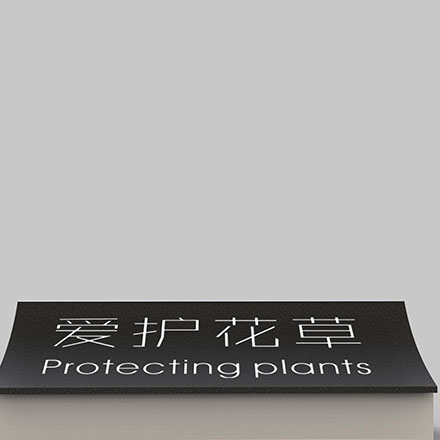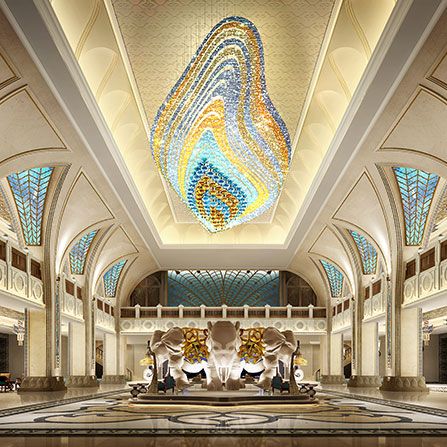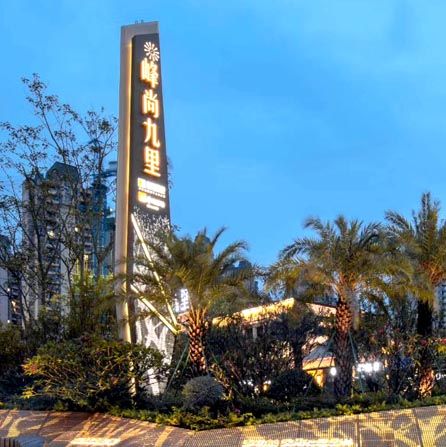Designing Effective Signage Systems: Strategies for High Impact Identification and Direction
Understanding the Art of Signage System Design: A Comprehensive Guide
Ever walked into a store and wondered how they manage to make you feel welcomed and guided? Or maybe you've been baffled by the maze of signs in a busy airport? The answer lies in the magic of signage system design. But what exactly is it, and how do you create a signage system that not only looks good but also serves its purpose effectively? Let's dive into the world of signage system design and find out!
What is Signage System Design?
Signage system design is the art and science of creating visual communication tools that convey information, direct people, and enhance the overall experience of a space. It's not just about putting up signs; it's about creating a cohesive, functional, and aesthetically pleasing system that speaks to the audience and the brand.
Why is Signage System Design Important?
Think about it, signs are like the silent hosts of any space. They guide you, inform you, and sometimes even entertain you. A well-designed signage system can make a huge difference in how people perceive a place. It can improve navigation, enhance safety, and even boost the brand image.
Key Elements of Effective Signage System Design
So, what makes a signage system effective? Here are some key elements to consider:
Clarity: Signs should be clear and easy to understand. Avoid jargon and overly complex language.
Consistency: The design should be consistent throughout the space. This includes font, color, and layout.

圖片由人和時代CRT標識設計集團提供Legibility: Signs should be large enough to be read from a distance. Use high-contrast colors and legible fonts.
Relevance: Signs should be relevant to the audience and the context. They should provide useful information.
Accessibility: Consider the needs of all users, including those with disabilities. Use tactile elements and Braille where necessary.
Designing a Signage System: A Step-by-Step Guide
Now that we know what makes a good signage system, let's talk about how to design one. Here's a step-by-step guide to help you get started:
Define the Purpose: What is the main goal of your signage system? Is it to direct people, inform them, or both?
Understand the Audience: Who will be using the signage? What are their needs and preferences?
Analyze the Space: Consider the physical layout of the space and how people will move through it.
Choose the Right Materials: Consider the environment and the durability of the materials you'll use.
Design the Signs: Create a design that is clear, consistent, and visually appealing.
Install the Signs: Ensure that the signs are installed in the right place and at the right height.
Maintain the System: Regularly check and maintain the signage system to ensure it remains effective.
Common Mistakes to Avoid in Signage System Design
While designing a signage system, it's important to avoid common pitfalls. Here are some to watch out for:
Overloading with Information: Signs should be concise and to the point. Avoid cluttering them with too much information.
Ignoring the Audience: Always keep the audience in mind when designing signs. They should be relevant and understandable to them.
Using Poor Quality Materials: Signs should be durable and able to withstand the environment they're in.
Forgetting about Accessibility: Make sure your signage system is accessible to everyone, including those with disabilities.
Case Studies: Successful Signage System Designs
Let's take a look at some real-world examples of successful signage system designs:
New York City Subway: The NYC subway system is a prime example of effective signage. The signs are clear, consistent, and provide essential information to millions of daily users.
Apple Stores: Apple's stores are known for their minimalist and elegant design. The signage system is no exception, using simple, high-contrast designs to guide customers.
Disneyland: Disneyland's signage system is a masterpiece of themed design. The signs are not only informative but also add to the magical experience of the park.
Conclusion
Signage system design is a crucial aspect of any space, whether it's a retail store, an office building, or a public transportation system. By following these guidelines and avoiding common mistakes, you can create a signage system that is both effective and visually appealing. Remember, the goal is to make your space user-friendly and to enhance the overall experience for everyone who visits.
So, the next time you're walking through a space and thinking, "Wow, this is well-designed," take a moment to appreciate the signage system that made it all possible.

人和時代設計
品牌設計、VI設計、標識設計公司
酒店標識設計百科
Hot spring news
Designing Effective Signage Systems: Strategies for High Impact Identification and Direction2025/05/06
校園節水標識 綠色行動 智慧校園新風尚2025/05/06
太原地鐵標識設計官網 引領視覺導航的藝術之旅2025/05/06
小太陽標識設計 點亮品牌 溫暖人心2025/05/06
觀光景點標識牌設計 美學與功能的雙重藝術探索2025/05/06
鄉村振興新形象 村委會標識設計創新指南2025/05/06
店面標識設計制作 打造品牌視覺名片2025/05/06
全球視野下的標識標牌設計經典案例解析2025/05/06
創意燈箱標識設計圖鑒 點亮品牌視覺盛宴2025/05/06



















